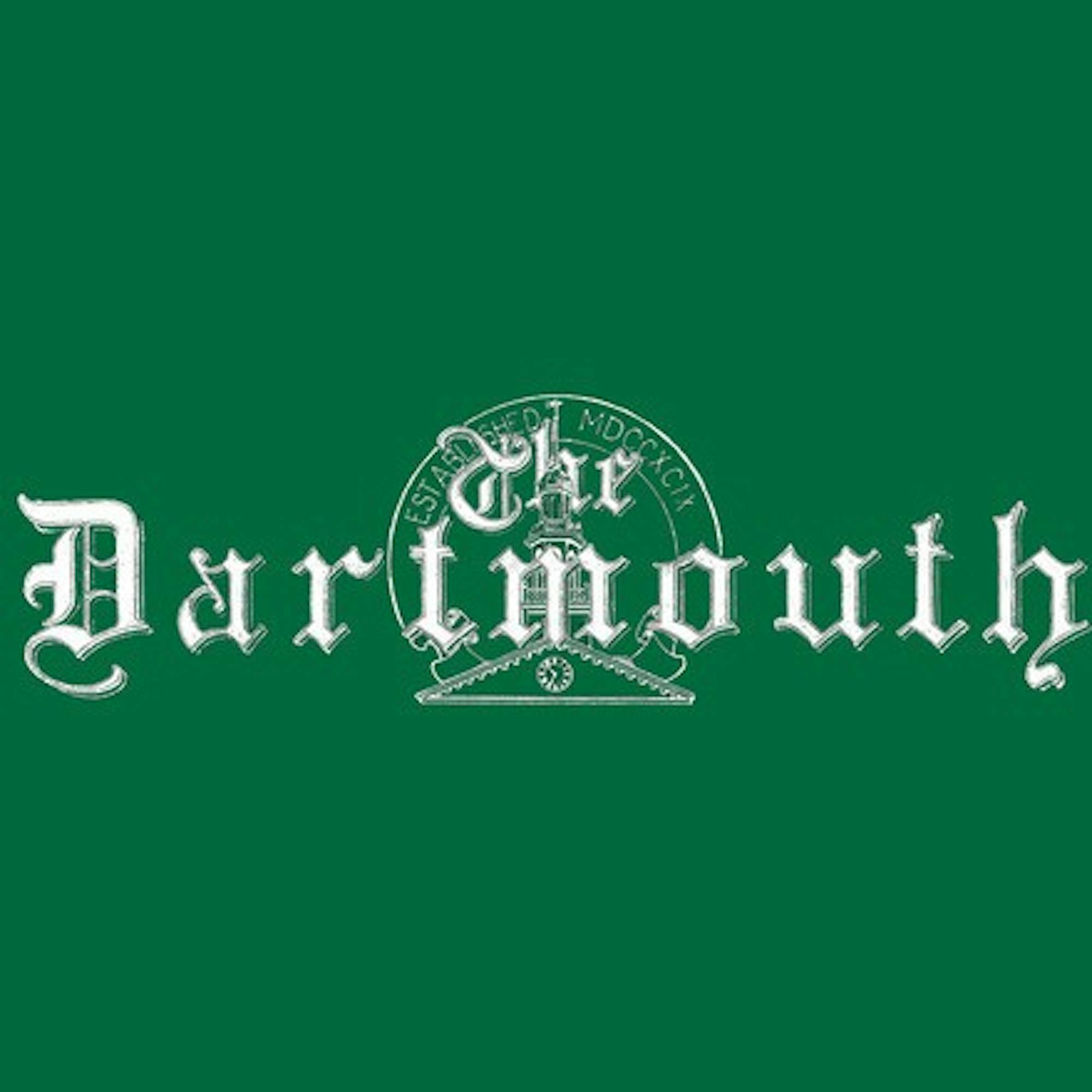"The Hood stands out because of programs like this because it really speaks to the desire for student engagement," Director of the Hood Museum Michael Taylor, who is mentoring a curatorial intern, said.
The museum selected five interns this year, and the students work in either curatorial or programming sections. With a time commitment of 10 hours per week in addition to weekly seminar sessions, the interns become intimately involved in the inner workings of the Hood, according to programming intern Caroline Liegey '13.
Liegey and Gwendolyn Tetirick '13 are serving as programming interns, while the three curatorial interns are Jason Curley '13, Jane Cavalier '14 and Katelyn Burgess '13. In the past, the museum has also taken on public relations interns, but no one was chosen for the position this year.
Applicants to the program must know what they would like to get out of the program in advance, according to Taylor, who described the program as an intensive and interactive experience. Interns are typically chosen based on how compatible their artistic interests are with the exhibits that the Hood will have that year, according to Lesley Wellman, who oversees the program and mentors the two programming interns. Because the program accepts applications from a variety of majors and interests, the working environment is diverse and dynamic, and everyone bonds in the weekly seminar sessions, Taylor said.
"I think it's really cool how the Hood can bring together all these people from a range of majors and find a place for us to work," Liegey said.
Both the interns and mentors recognize the value of working with a group of people from diverse academic backgrounds.
"These are different students from different areas of the campus that are thrown in together," Taylor said. "What unites them is the museum."
The five interns will learn a great deal this year, working closely with their mentors and the staff at the Hood, but their presence also benefits the museum, according to Wellman. Because they are current Dartmouth students themselves, the interns better understand how to get campus involved and interested, she said.
"They bring a student perspective and student voice into the museum," Wellman said.
While the interns have mentors that guide them, they still have a significant amount of individual responsibility.
"We consider it an educational and professional experience," she said.
The professional responsibility of the interns is especially reflected in a program "A Space for Dialogue: Fresh Perspectives on the Permanent Collections from Dartmouth Students," which allows the interns to curate their own exhibits that feature works owned by the museum. Initiated in 2002, "A Space for Dialogue" has seen 73 exhibits, each one of them entirely unique.
"It gives a sort of participatory role to the student that is unlike anything in any other museum in the world," Taylor said.
This unique opportunity provides an outlet for students with a passion for art, according to Taylor. The exhibits allow students to explore and display their passions, as they choose and direct everything from the wall color to the way the paintings are hung.
"Every single one of them has been different," Taylor said. "I think that's a tribute to Dartmouth and the excellence of its students."
Each exhibit, shown at separate times throughout the year, is displayed at the entrance of the Hood, highlighting the importance of the student's work.
"The from' [in the program's title] is critical," Taylor said. "If it were with' or in association with,' it wouldn't be the same. But if you put fresh perspectives from Dartmouth students,' it means that Dartmouth students are the ones who are going to give us the museum fresh perspectives. That is completely revolutionary."




